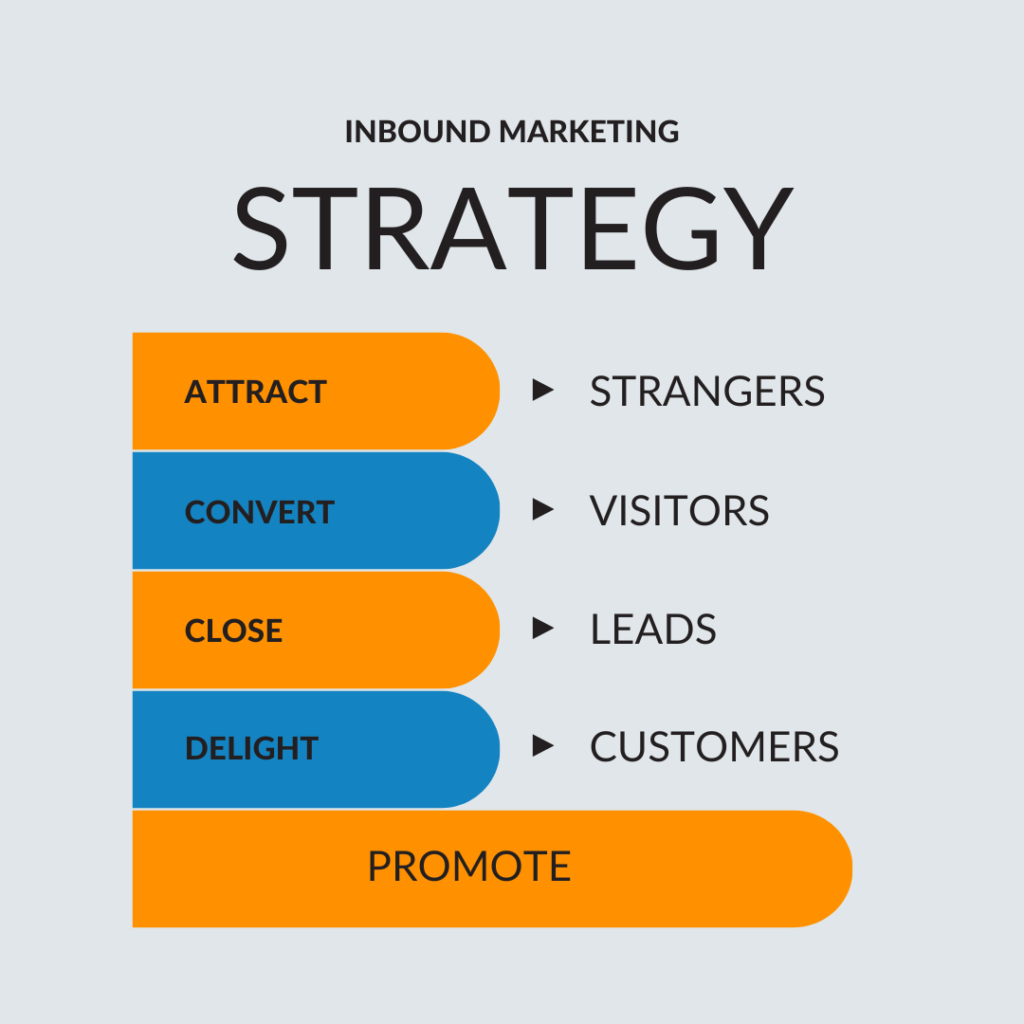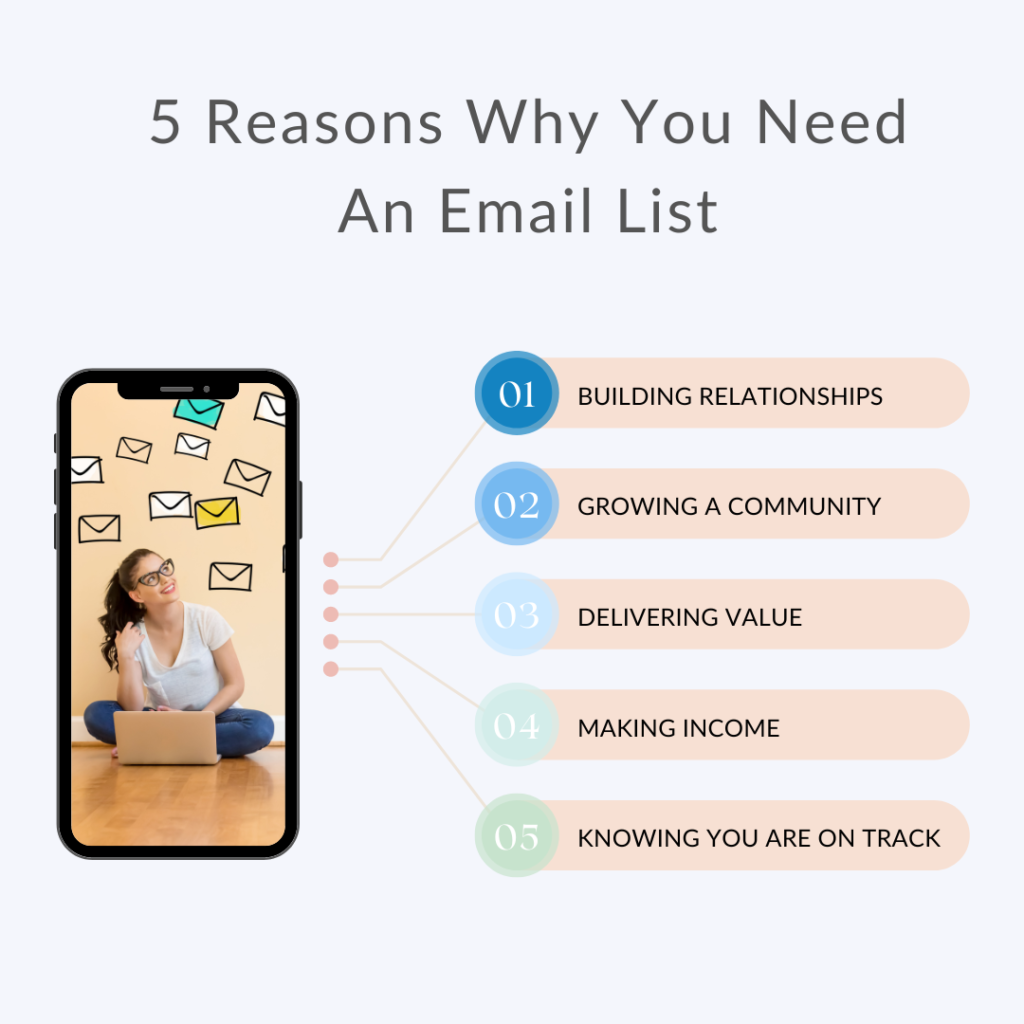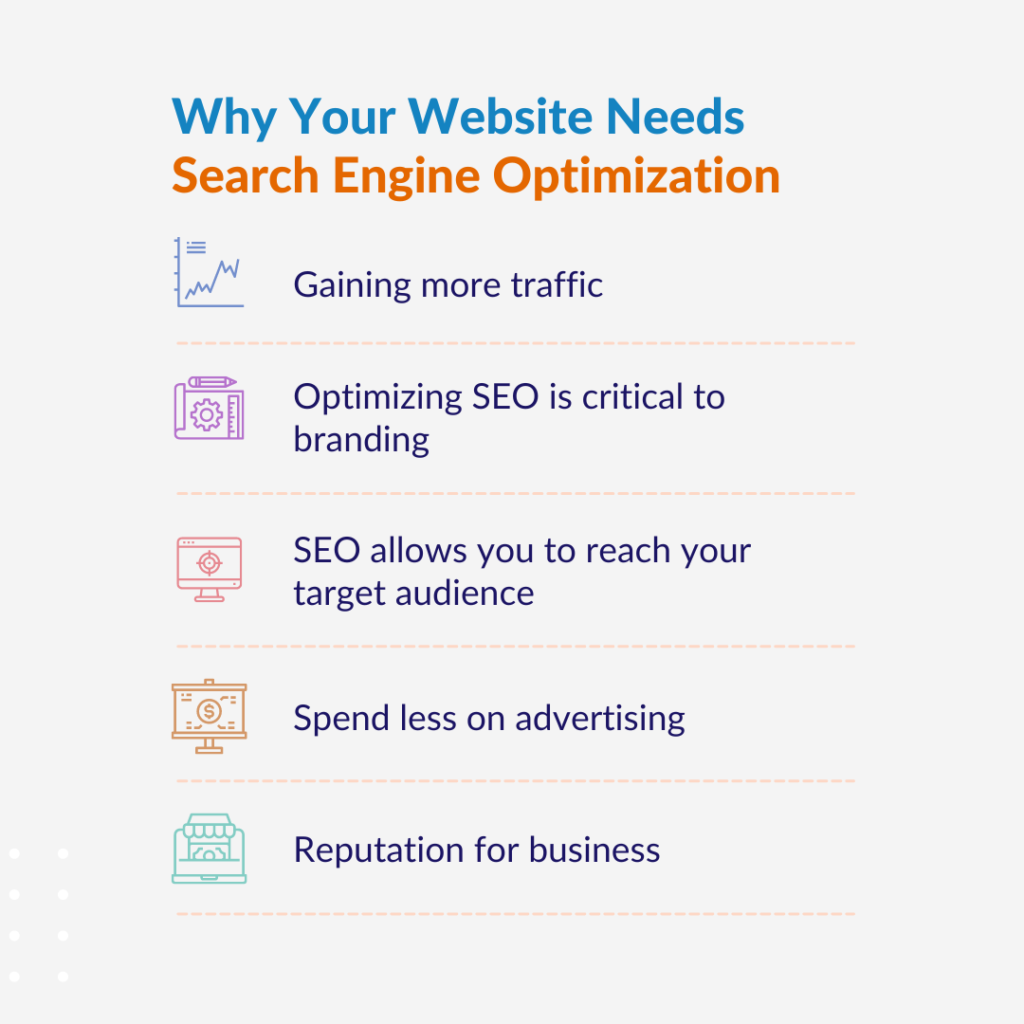It wasn’t so long ago that eCommerce marketing consisted of little more than trialing different types of landing pages as a site optimization strategy.
Nowadays, however, the eCommerce landscape has shifted dramatically, and forecasts indicate that by 2026, eCommerce sales will make up close to a quarter of total global online sales.
To ensure your business gets a slice of this huge pie, you must keep up with your customers’ needs and understand consumer behavior patterns. To achieve this, you’ll need to combine both outbound and inbound tactics in your eCommerce marketing strategies to deliver the powerful results you’re hoping for.
In this article, we’ll cover all the different types of eCommerce inbound marketing and how to maximize them.
But before we kick off, let’s look at a quick definition of inbound marketing.
What Is Inbound Marketing?
Inbound marketing is a method of attracting and influencing customers. To achieve this, businesses create high-value content and tailored customer experiences, which build trust and engagement.
Inbound marketing isn’t a hard-sell methodology; it focuses on providing the solutions your customers need. It’s about attracting cold leads, converting visitors, successfully closing, and delighting customers. Later on, when they’re ready to buy, your business will thus be at the forefront of their minds.
Successful inbound marketing generates loyal business advocates, increases overall brand awareness, and can significantly increase your website conversion rates.
Different Types of eCommerce Inbound Marketing and How to Maximize Them
There’s no one-size-fits-all approach to eCommerce inbound marketing, and what works well for one online business won’t necessarily suit another.
The key is trying different approaches to understand which ones resonate with your target audience and drive maximum engagement. Ideally, you want your inbound marketing strategy to work seamlessly to engage every stage of your buying journey.
An eCommerce inbound marketing should include:
Let’s look at each of these types in more detail and highlight how you can maximize their potential.
1. PPC
PPC (pay per click) advertising typically includes display advertising (i.e., website banners), social media advertising (ads on your social channels), and paid searches in search engines.
This style of inbound marketing influences your online store’s sales because it targets the audiences most likely to buy from you.
How to maximize PPC marketing for your online store:
- A performance-based PPC strategy includes incorporating high purchase-intent keywords in your ads. Examples of these are power words such as “best” and “buy” or product features your audiences are searching for.
- Create strong landing pages for your PPC audience. These types of landing pages should ideally be attractive, relevant to the ad content you’ve created, and include a clear CTA, so your users know what to do next.
- Invest in PPC management and optimization tools to enable you to get the best ROAS on auto-pilot.
2. Email Marketing
As the name suggests, inbound email marketing uses email to engage with potential customers in your eCommerce sales funnel. They’re typically in the middle of your funnel already, so may have heard of your store through an ad or visited it previously.
Therefore, this segment of your audience knows who you are and what you’re selling and has shown interest by downloading content, signing up via a form, or perhaps opting into a free trial.
Ideally, you want to use eCommerce marketing automation to do the heavy lifting. Why? It enables you to manage and control repetitive tasks automatically and help with real-time optimization.
In practice, this is why a well-thought-out email marketing automation strategy starts with a good email signup strategy.
Then you would set up email sequences to trigger when a prospect performs a certain action, so they receive the right content at the right point in their journey with your brand. For example, a customer onboarding sequence or a welcome email for new signups.
How to maximize email marketing for your online store:
- Use your email list to send special discounts. This strategy works to re-engage consumers that have been dormant for a while.
- Opt for personalized, automated cart abandonment emails. The stats show that over 49% of abandoned cart emails are opened, and 18.64% lead to a recovered sale.
- Ensure your potential shoppers and customers perceive your brand as an industry leader. To do this, create emails that are hyper-relevant and deliver value. For example, your audience might be interested in eCommerce trends, so craft inbound marketing emails to drive engagement. Don’t forget to include a clear CTA to steer them to your website.
Tip: Don’t forget to make it easy for your customers to reach out to you, outside of just the email signup. This means including a contact page (using a form builder or app) and contact details on FAQ pages.
3. Social Media Marketing
Did you know that 57.5% of internet users aged 16–64 buy a product or service online weekly?
Assuming your target audience fits this demographic, social media is a powerful way to increase brand awareness. The trick is finding the right content to engage the right user at the right time in their buying journey.
[Source: Sprout Social]
Common social media tactics for eCommerce sites include:
- Selling products directly on social media platforms
- Promoting and driving traffic to an eCommerce website
- Engaging with customers and potential shoppers on social channels
- Delivering pre- and post-sale support
- Gathering feedback and insights about your industry and market
- Building an online social media community around your brand
How to maximize social media for your online store:
- Choose your social media channels based on where your target users are most active. Create a consistent social media posting strategy with a corresponding brand voice and message. You also want to make sure that you tie your social media content marketing into your eCommerce ad and PPC strategy.
- Publish on your chosen channels using multiple formats. Remember to engage with trending news, include relevant hashtags for maximum visibility, and encourage direct conversations with potential customers.
- Experiment with social listening tools to scan your preferred social media platforms for significant conversations or mentions of your brand. Social listening can reveal which of your products your customers like the most, the problems users are experiencing, and how the public feels about your business.
Tip: Social listening tools can help you understand more about your target audience and how to engage with them effectively. These are software that monitors and analyzes online conversations about your brand, an industry-related topic, or your competitors. Some examples include Brandwatch, Digimind, and Brand24.
4. SEO
To help website visitors find your site in the first place, you need to deploy SEO best practices and growth marketing strategies. Basic SEO involves building a webpage for each of your products that contain a unique target keyword as its URL.
If your product pages include the keywords that potential shoppers use to search for your products, then your page should appear higher in search engine results.
Serving to increase your business’s organic visibility, a DIY eCommerce SEO guide will typically include best practices, such as:
- Incorporating target keywords
- Optimized and keyword-rich meta descriptions (under 300 characters)
- Engaging product page content
- Image alt text to let search engines know what your images show
- Product names, features, benefits, and customer reviews
How to maximize SEO for your online store:
- Generate blogs for your eCommerce site covering topics your audience wants answers to. Content like this is great for eCommerce backlinks and SEO — after all, search engines want to direct users to helpful websites. To do this, create customer feedback forms around pain points or use social media surveys to gain a more thorough understanding of your target audience.
- Trial product videos of items in stock. If your business sells complex products, it might be worth creating explainer product videos to instill confidence in potential shoppers before they buy them. It will be an easier sale if they understand how the products work and their value.
5. SMS Marketing
SMS marketing is a powerful business tool. Used correctly, this medium engages with customers and increases brand awareness.
Why?
Personalized and targeted SMS messages lead to high response rates, and if you integrate your messaging platform with your CRM, it’s easy to automatically send custom messages based on user demographics like location and buyer behavior patterns.
Ensuring your communication channels are all in one place is key to delivering a consistent experience, and a best-in-class VoIP service is a useful tool. IVR solutions (you can find an IVR meaning here) will automate the SMS marketing process for you, so your employees can focus on more complex tasks.
How to maximize SMS marketing for your online store:
- Implement drip SMS campaigns for reminders and confirmations. This will enhance the user experience. As you would with email marketing campaigns, you schedule messages to trigger based on certain actions users take on your website.
- You have 160 characters to get your message across, so use them wisely. Strive to be concise and informative, and avoid abbreviations and SHOUTING!
6. Influencer Marketing
The global influencer marketing value sat at $16.4 billion by the end of 2022. This statistic demonstrates that the power of influencer marketing is pretty unstoppable right now.
Whether operating independently or working with your brand, the right influencers can drive awareness and sales through the roof.
Bonus Content: How to Find the Best Influencers for Your eCommerce Brand
How to maximize influencer marketing for your online store:
- It’s vital that influencers are a close fit with your brand, goals, and profile, so check out their Instagram marketing techniques, for example. If they frequently dabble in marketing products that directly oppose your company’s values, choose someone else.
- If you want to partner with an influencer that hasn’t tried your products yet, send them a sample. The most effective influencer marketing is honest and feels real to your audience.
7. Marketplaces / Live Commerce
Extremely popular with Generation Z and Millennials, marketplaces and live commerce serve to educate and entertain audiences. The goal is to keep them engaged for as long as possible to influence sales.
Beginner Tip: If you’re new to the concept of live commerce, then head over to our Beginner’s Guide to Live Commerce first.
How to maximize marketplaces for your online store:
- Experiment with regular live event streams featuring a variety of products and formats aimed at your target audience. Stick to one social media channel to start with (e.g., Instagram, TikTok, Facebook), and test the waters for engagement.
- Implement time-sensitive techniques such as one-off special offers to create urgency and encourage buying.
- Remember to track live stream performance using real-time predictive analytics software. This will tell you how effective your marketing strategies are.
Final Thoughts
eCommerce inbound marketing can be incredibly effective at increasing leads and converting them to paying customers. And as we saw, there are a lot of types and channels that you can integrate into your inbound marketing strategy — including:
Inbound Marketing for eCommerce
However, regardless of the inbound marketing strategies you choose, your overall aim should be to:
- Engage, educate, and empower your audience with relevant information.
- Deliver a seamless and valuable customer experience
- Understand your customers and the value you can bring to them
Ultimately, you want to work consistently to craft meaningful digital content that attracts your target audience to your website, and then keep them there with enticing information and reasons to stick around.

Grace Lau is the Director of Growth Content at Dialpad, an AI-powered cloud communication platform for better and easier team collaboration with features like Dialpad call queuing. She has over 10 years of experience in content writing and strategy. Currently, she is responsible for leading branded and editorial content strategies, partnering with SEO and Ops teams to build and nurture content. Here is her LinkedIn.
Recommended articles
 Facebook Ads for eCommerce: 16 Strategies, Examples & Tips
Facebook Ads for eCommerce: 16 Strategies, Examples & Tips
 How to Build a Winning eCommerce Ads Strategy
How to Build a Winning eCommerce Ads Strategy
 Google Ads for eCommerce: Everything You Need to Know
Google Ads for eCommerce: Everything You Need to Know
 10X Your Traffic with PPC Management Software
10X Your Traffic with PPC Management Software
Comments
Powered by Facebook Comments







